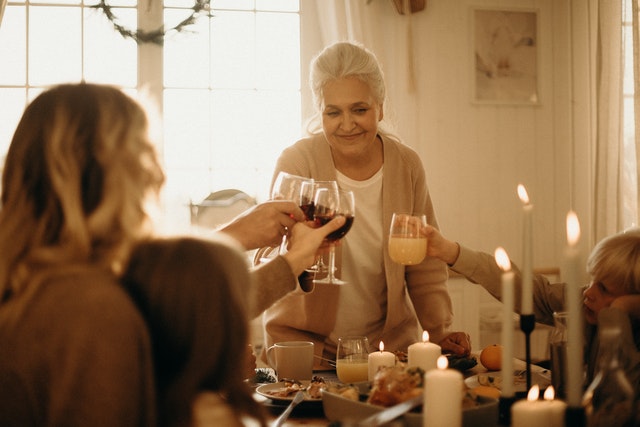 The “Golden Girls” trend got its name from the popular television sitcom about four elderly women who live together to share expenses. It is becoming a popular way in real life for elderly adults to share homeownership and it has many benefits.
The “Golden Girls” trend got its name from the popular television sitcom about four elderly women who live together to share expenses. It is becoming a popular way in real life for elderly adults to share homeownership and it has many benefits.
The cost of assisted living is quite high. The median cost in the United States for assisted living is $4,051 per month. In many parts of America, that amount makes a substantial mortgage payment. Rather than pay that high price to live in an adult assisted-living community, many able-bodied elderly are choosing to pool their resources and live together in a large home that they own together.
Buying A Home To Share
The homes that work well for this are those that have many bedrooms, each with a private bath, and are on one-level. Three- or four-bedroom homes are ideal because the cost of the home and the operating expenses can be shared among three or four elderly adults to reduce each person’s cost compared to what they would spend if they were alone.
It Is Fun To Share
The communal areas for a shared-living arrangement are the main living room, dining area, and kitchen. Many find that by sharing the cost of a home, among like-minded peers, that the quality of life is very nice. The pooling of resources usually creates enough money to pay for the expenses and to pay for in-home personal assistance as needed. Most importantly, loneliness is reduced, which sometimes leads to serious depression in the elderly who live alone.
Many baby boomers are now entering retirement. Estimates are that seven out of 10 will need some form of assisted living care. Females still live longer than men on average, so that is why this trend is more about elderly women living together than men. However, the concept works just as well for both sexes.
Multigenerational living is also becoming popular for the same reasons. It costs so much to own and maintain a home that it is not as easily accomplished by households with one or two workers who contribute to pay for the expenses. Most situations benefit from having a third or a fourth contributor, which reduces the average contribution for all.
Get Competent Legal Advice
When considering any shared ownership of a home, it is very important to use the services of a competent legal counsel to draw up the ownership agreement. Shared homeownership is a type of partnership and benefits from having a “buy-sell” provision in the agreement that allows any remaining co-owners to buy out the portion held by a co-owner who dies or otherwise becomes physically unable to continue living in the home.
Summary
Most baby boomers had roommates when they went to college to share expenses. Embracing a “Golden Girls” strategy to share home ownership is like returning to a style from the younger times. It is wise to be very careful about who is chosen to form a home-ownership partnership; however, with proper legal documentation and prudence in choosing who to live with, this can be a very satisfying way to spend your golden years.
 Millennials are the first generation in America that will probably not be able to do as well as their parents. In the United States, there is not as much upward mobility as there was in the past. What is the cause of this?
Millennials are the first generation in America that will probably not be able to do as well as their parents. In the United States, there is not as much upward mobility as there was in the past. What is the cause of this?